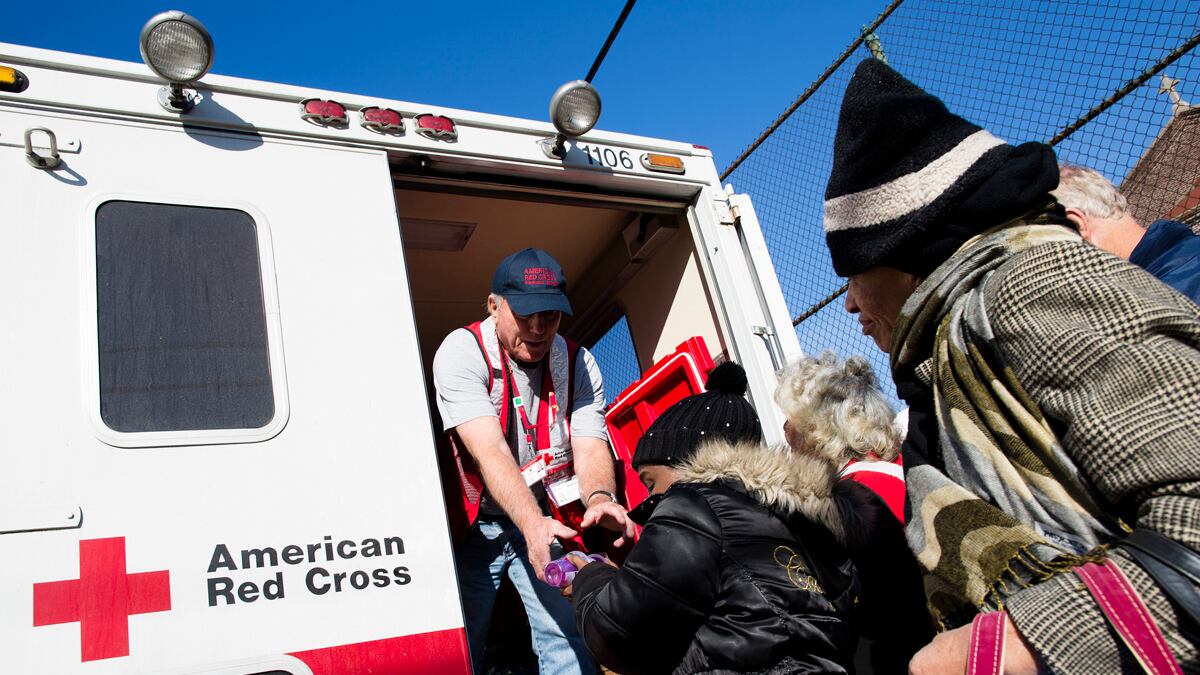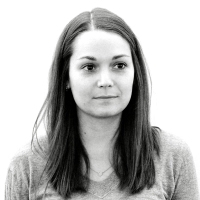The American Red Cross “knows what it’s doing,” President Barack Obama said when he visited the agency the day after Hurricane Sandy devastated New Jersey and New York—and during the final week of the presidential campaign—as he called on Americans to donate to it. Two weeks after the storm, Gail McGovern, the group’s chief executive officer and president, deemed its response “near flawless.”

There’s no question the group has remained the public face of disaster relief—collecting more than $145 million in donations as of last week, thanks in part to the president’s appeal, television PSAs featuring popular actors, and even bank ATM and drugstore swipe machines that ask after a transaction if you’d like to donate to the Red Cross—and deploying what it says is its largest domestic operation in five years in response to Sandy. But many residents and volunteers in the hardest-hit areas say they’ve been disappointed by its response, even as smaller and ad-hoc relief efforts have played a prominent frontline role in the relief and recovery effort.
It’s hardly the first time the Red Cross—which collected more than a billion dollars in contributions in its fiscal year ending last June—has come under fire. In recent years, the 131-year-old charity has been heavily criticized for its responses to 9/11, Katrina, the earthquake in Haiti, and the tsunami that hit Japan, with many of the complaints revolving around mismanaged funds and misleading fundraising, as well as the propriety of its blood-bank operations.
Yet the Red Cross continues to dominate fundraising in the aftermath of each new disaster, perpetuating its dominance over the emergency-response industry. Perhaps that’s because the Red Cross’s shortcomings often come to public light only in the wake of a disaster, and are forgotten before the next one hits. The group also serves a quasi-public role in domestic disaster relief, with its leaders participating in the White House–arranged Sandy calls for reporters, along with public officials like FEMA Director Craig Fugate and Housing and Urban Development Director Shaun Donovan, who President Obama tapped earlier this month to lead the administration’s Sandy rebuilding effort.
In the days and weeks since Sandy ravaged parts of the New York and New Jersey coasts, however, residents in some of the hardest-hit areas say they still have seen no sign of the Red Cross. “The Red Cross was not a central player in those early days,” said New York City Councilman Brad Lander. He added, however, that he was warned before the storm that when the city met with the ARC, the group warned that it didn’t have the capacity to be on the ground in all areas that could potentially be affected.
Immediately after the storm hit, Lander says, there was a lack of resources at city shelters, where he was sent by the Office of Emergency Management to organize volunteers. He added that he saw an “inadequate food and supply distribution” in the overall relief effort in the days immediately following the storm. Rather than wait for help from the Red Cross, he and other city councilmen reached out to local organizations in their districts.
“In the first several days, it was really just basic human needs: food, water, batteries, flashlights. Our chapel became a supply command center,” said Rabbi Andrew Bachman of Beth Elohim in Park Slope, Brooklyn.
“The first thing we did was prepare kosher meals for hundreds of residents who were evacuated from Queens to the Park Slope Armory [in Brooklyn]. As requests came in we would put a message out on Facebook and within hours they’d be filled.”
Bachman says he hardly encountered the Red Cross while working in distressed neighborhoods. He did, however, see other smaller groups—particularly Occupy Sandy—that had quickly formed to provide help where it was needed.
“What I observed in New Orleans after Katrina was that these large disaster-relief organizations are not structured to respond in a nimble way, to build relationships in communities,” said Michael Premo, cofounder of Occupy Sandy. “There were groups of all sizes and scales that weren’t as responsive to community needs as I thought they could be.”
As the storm bore down on the city, Premo, a member of Occupy Wall Street, set out to create an organization equipped to work between the big agencies and the small neighborhood groups, filling the void he anticipated bigger relief groups and the city wouldn’t be able to quickly reach.
But while other groups may get on the ground first, the Red Cross remains the face of recovery for those far from it. In the first post-storm poll of New Yorkers, 66 percent of them rated the Red Cross’s response as excellent or good. But in Staten Island, the borough hit hardest proportionate to its size by the storm, 50 percent of respondents called it not so good or poor.
Ken Berger, president and CEO of the nonprofit ratings organization Charity Navigator, says it’s a safer bet to give money to the Red Cross in the wake of a disaster than to an unfamiliar group, but that America’s preeminent charity is far from perfect.
The group currently gives the Red Cross a rating of three out of four stars.
“We do have concerns about the fact that it’s so massive and that its individual branches are not separate corporations that we can analyze independently,” Berger told The Daily Beast. “When an organization is this large, I think it becomes harder to manage all of its moving parts. The potential for risk is enormous.”
Judith Reitman’s 1998 exposé, Bad Blood: Crisis in the American Red Cross, detailed the organization’s failings over the years, from its 1983 decision to forego HIV screenings, to being sued by the FDA in 1993 for violating federal blood-safety laws. The lawyers who took on the Red Cross in 1993 told Reitman that their colleagues had likened suing the American Red Cross to “going after Mother Theresa.”
“I think we end up collectively forgiving ARC or denying its wrongdoing to preserve an image we have of ourselves: America,” Reitman wrote in an email to The Daily Beast. “ARC is that entrenched in our collective psyche...it has survived because of what we need it to be (benevolent and heroic), not what it has proven to be (self serving and negligent at best, criminal at worst).”






